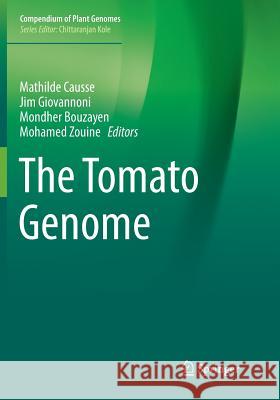The Tomato Genome » książka
topmenu
The Tomato Genome
ISBN-13: 9783662571330 / Angielski / Miękka / 2018 / 259 str.
Kategorie:
Kategorie BISAC:
Wydawca:
Springer
Seria wydawnicza:
Język:
Angielski
ISBN-13:
9783662571330
Rok wydania:
2018
Wydanie:
Softcover Repri
Ilość stron:
259
Waga:
0.47 kg
Wymiary:
25.4 x 17.78 x 1.45
Oprawa:
Miękka
Wolumenów:
01
Dodatkowe informacje:
Wydanie ilustrowane











